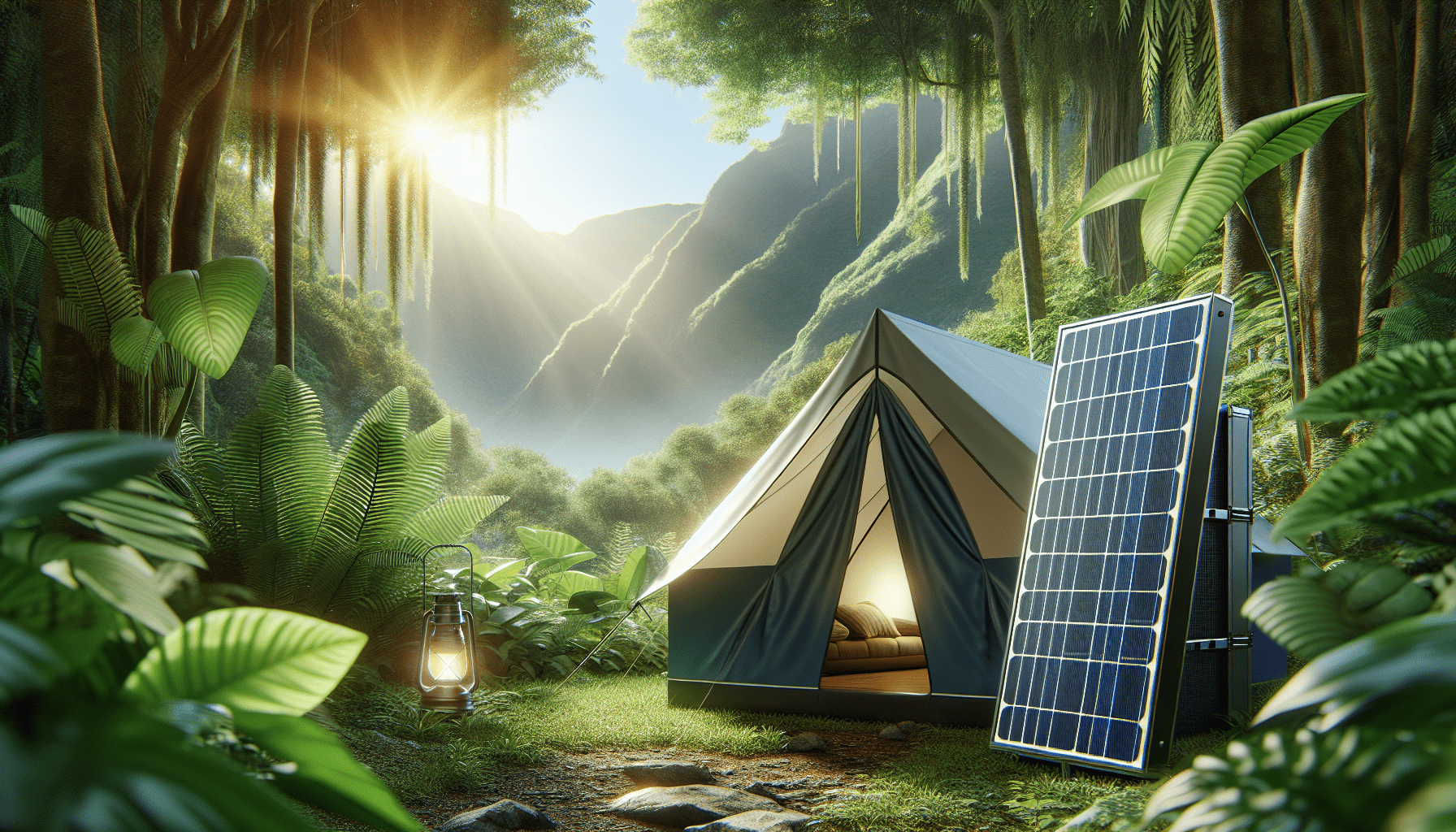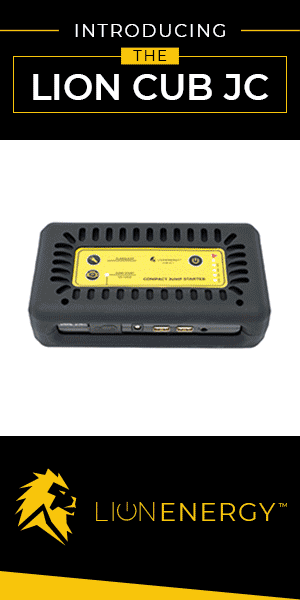Discover how to use solar power for tents, keeping your gadgets charged and reducing your carbon footprint while camping. Learn about setups, benefits, and types of panels.
Have you ever wondered how you can keep your gadgets charged while enjoying the great outdoors? The idea of combining camping with solar power can seem daunting at first, but it’s actually easier than you might think. By harnessing the sun’s energy, you can keep your devices running and enhance your camping experience without relying on traditional power sources.

Introduction to Solar Power for Tents
First things first, let’s understand what we mean by “solar power for tents.” This involves using solar panels and battery systems to generate and store electricity, allowing you to power your devices while camping. This setup is environmentally friendly, reducing your carbon footprint and allowing you to enjoy nature responsibly.
Benefits of Solar Power for Tent Camping
Incorporating solar power into your camping setup offers numerous advantages. These include:
- Eco-friendly: Solar power is a green and sustainable energy source.
- Cost-effective: After the initial investment, the energy you harness from the sun is free.
- Convenience: Charge essential devices like phones, cameras, and lights even in remote locations.
- Reliability: Unlike traditional batteries, solar power doesn’t run out if there’s sunlight.
Different Types of Solar Panels
Before you head to the store or browse online, it’s important to know the different types of solar panels available. This will help you make an informed decision based on your needs and camping habits.
Monocrystalline Solar Panels
Monocrystalline panels are made from a single crystal structure. They are known for their high efficiency and long lifespan, but they can be more expensive.
Polycrystalline Solar Panels
Polycrystalline panels are made from multiple crystal structures. They are generally less efficient than monocrystalline panels but are more affordable.
Thin-Film Solar Panels
Thin-film panels are made by depositing thin layers of photovoltaic material onto a substrate. They are lightweight, flexible, and can be more portable, but tend to have lower energy conversion efficiency.
Choosing the Right Solar Panel for Your Tent
Selecting the right type of solar panel for your tent involves balancing factors such as efficiency, cost, weight, and portability. Here’s a table to help you compare:
| Type | Efficiency | Cost | Weight | Portability |
|---|---|---|---|---|
| Monocrystalline | High | High | Medium | Medium |
| Polycrystalline | Medium | Medium | Medium | Medium |
| Thin-Film | Low to Medium | Medium to Low | Low | High |
Setting Up Your Solar Tent System
Setting up a solar power system for your tent might seem complicated, but with the correct components and a little know-how, you’ll be ready to harness the sun’s power in no time.
Components You’ll Need
To create a fully functional system, you’ll need the following components:
- Solar Panels: The primary source of your energy.
- Charge Controller: Prevents batteries from overcharging.
- Battery Pack: Stores the electricity generated.
- Inverter: Converts DC power to AC power (if needed for your devices).
- Cables and Connectors: Necessary for wiring everything together.
Step-by-Step Setup Guide
- Select a Location for Your Solar Panels Find a sunny spot with minimal shade. The more direct sunlight your panels receive, the more energy they will generate.
- Connect Your Charge Controller Connect the solar panels to the charge controller. This device regulates the voltage to ensure the batteries don’t get overcharged.
- Attach the Battery Pack The charge controller should then be connected to the battery pack to store the energy.
- Add an Inverter (if necessary) If your devices require AC power, you’ll need to install an inverter between the battery pack and your devices.
- Wire Everything Together Use cables and connectors to ensure secure and safe connections among all components.
- Test Your System Once everything is set up, test the system by plugging in a device and ensuring it charges properly.
Portable Solar Power Solutions
For those who prefer a simpler setup or don’t want to commit to installing a full solar power system, portable solar chargers offer an excellent alternative.
Types of Portable Solar Chargers
Solar Power Banks
These are small, portable units that combine a solar panel and a battery pack. They are great for charging phones and small gadgets.
Foldable Solar Panels
These are panels that can be folded up for easy transport and span out when in use. They’re perfect for larger devices or for charging multiple gadgets at once.
How to Use Portable Solar Chargers
Simply place the charger in direct sunlight and connect your device to it. For best results, ensure the charger is angled to receive maximum sunlight. Always follow the manufacturer’s instructions for optimal performance.
Optimizing Solar Power Efficiency
Getting the most out of your solar power setup involves a bit of strategy. Here are some tips to maximize efficiency:
Placement of Solar Panels
Always position your solar panels to face the sun, adjusting them as needed throughout the day to follow its path. Elevate your panel if possible, to avoid any shadows from trees or tents.
Battery Maintenance
Keep your batteries in good condition to ensure they hold a charge properly. Avoid letting them discharge completely and regularly check their health.
Minimize Energy Consumption
Be mindful of how much energy your devices consume. Turn off gadgets when not in use and use energy-efficient appliances and lights.

Common Myths About Solar Power for Tents
There are a lot of misconceptions about using solar power for tents. Let’s address a few of these:
Myth #1: Solar Power is Not Reliable
While it’s true that solar power generation can be affected by weather, modern solar systems are highly efficient and can store energy for use when the sun isn’t shining.
Myth #2: Solar Panels are Too Expensive
The cost of solar panels has decreased significantly over the years, but even better is the fact that solar energy is free! Over time, the initial cost is balanced out by the savings made from not purchasing traditional batteries.
Myth #3: Solar Setups are Too Complicated
Advancements in technology have simplified solar setups. Many systems are designed to be user-friendly and come with detailed instructions.
Essential Tips for Solar-Powered Camping
To make your solar-powered camping experience smooth and enjoyable, keep these essential tips in mind:
Plan Ahead
Know your energy needs before setting out. Consider how many devices you need to charge and ensure your system can handle the load.
Check the Weather
A cloudy day can impact your solar power generation. Check the forecast and be prepared with backup options if needed.
Bring Backup Power
Even with a solar setup, having an extra power bank or traditional batteries as a backup can be a lifesaver in emergencies.
Frequently Asked Questions
Can I Use Solar Power in Any Weather?
Solar panels generate the most energy in direct sunlight, but they can still produce power in cloudy conditions. The efficiency drops, so having a battery pack can help store energy for less sunny days.
How Do I Take Care of My Solar Panels?
Keep your panels clean and free of debris. Dirt and dust can significantly reduce their efficiency. Be careful when cleaning to avoid scratching the surface.
How Long Does a Solar Panel Last?
Quality solar panels can last 20-25 years, sometimes longer. Regular maintenance and proper handling can extend their lifespan.
What Devices Can I Charge with Solar Power?
You can charge most devices with the right setup – from smartphones and tablets to cameras and camping lights. Ensure your system’s capacity matches your needs.
Conclusion
Using solar power for your tent can dramatically enhance your camping experience. Not only does it provide a practical solution for keeping your devices charged, but it also allows you to engage with the environment more responsibly. With the right setup and a bit of planning, you can enjoy all the comforts of modern technology while basking in the beauty of nature. Remember to choose the right type of solar panel, follow best practices for setup and maintenance, and enjoy your time outdoors with the peace of mind that you’re treading lightly on the planet.
Disclosure: As an Amazon Associate, I earn from qualifying purchases.


